This is a camera upgrade. Full stop. If photos and video aren’t your primary concerns when it comes to buying a new smartphone, there’s virtually no reason to upgrade from the Pixel 7 Pro to the Pixel 8 Pro (check Darrell’s review to see if the same is true for the Pixel 8). The Pixel 8 Pro isn’t a bad phone; it’s more that Google has found itself in the same spot as the rest of the industry.
There’s a very real sense in which the smartphone industry has been a victim of its own success. Much of the past half decade has been spent trying to figure out what’s next for the category. Foldables have offered a little hope (albeit a prohibitively expense one), but on the whole, it’s transformed into a war of inches.
That was once the domain of display resolution, but that battle has increasingly become one of diminishing returns. One thing that has remained top of mind, however, is imaging. Whatever manufacturers may tell you, it’s still very possible to take a bad image with a smartphone. Until that is no longer (or at the very least, seldom) the case, there’s plenty of room to improve on that side.
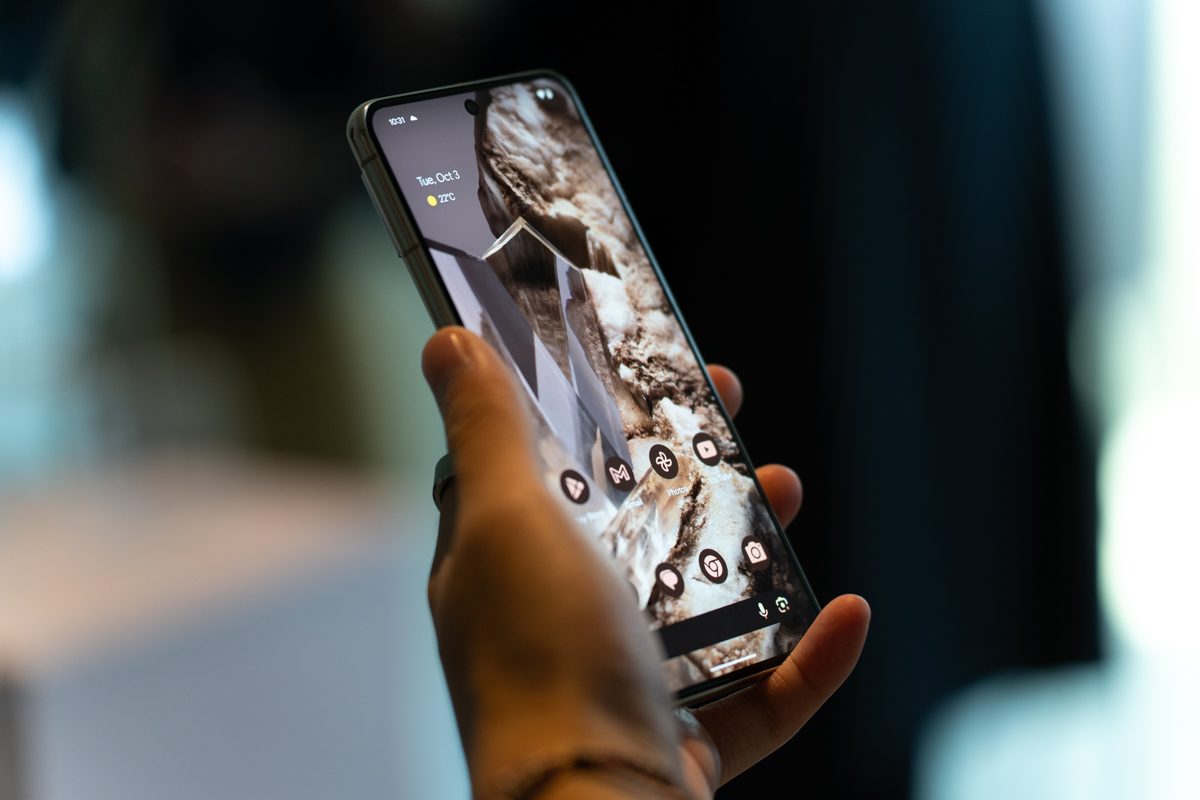
Uneven lighting conditions, low light, zooming and just plain old bad luck often stand between you and a perfect shot. Don’t get me wrong, things have come a long way in a few short years. The barrier of entry has lowered considerably. You no longer need to be a trained photographer to take a great shot.
Computational photography has been a big piece of that in recent generations. It’s something Google has been a huge proponent of since Pixel, day one. The motivator is clear. Google is a software company first and foremost. It’s an AI company now as well. It believed from the outset that all photo and videographic issues can be fixed with the right combination of algorithms. It’s that notion that has driven the company, Pixel after Pixel.
Google put the cart before the horse in the earliest days of the line, with its insistence that it only needed a single camera sensor to give users the best possible experience. After some pushback, it began to embrace the multi-camera system seen on many of its competitors. Of course, the notion that some held positing that everything could be solved with hardware solutions was equally misguided. The smart companies have met somewhere in the middle.

The earliest Pixel devices were a mixed bag for a number of other reasons as well. Google seemed to be targeting the premium category owned by Samsung and Apple with devices that were more mid-tier. That’s not to say there isn’t a market for all price points, but it’s important to be realistic about the market you’re targeting.
When it arrived in 2021, however, the Pixel 6 breathed new life into the line, by way of a hardware redesign, first-party silicon and, yes, some big camera updates. The effort involved restructuring and a shift in focus. Ultimately, the moves paid off, proving that Google wasn’t going to let itself be lapped by the competition.
The subsequent two releases (including the most recent) were more iterative than transformative. Ultimately, Google has learned the truth that most handset manufacturers have known for years: If you’re building a consumer hardware device for a large audience, you have to be deliberate about the things you choose to change. Consumers hate deviations from the norm almost as much as they crave excitement and innovation. It’s all a delicate balancing act.
Camera improvements aside, there are two marquee new hardware features here: a very bright display and the addition of a temperature sensor. Where does one go from here?
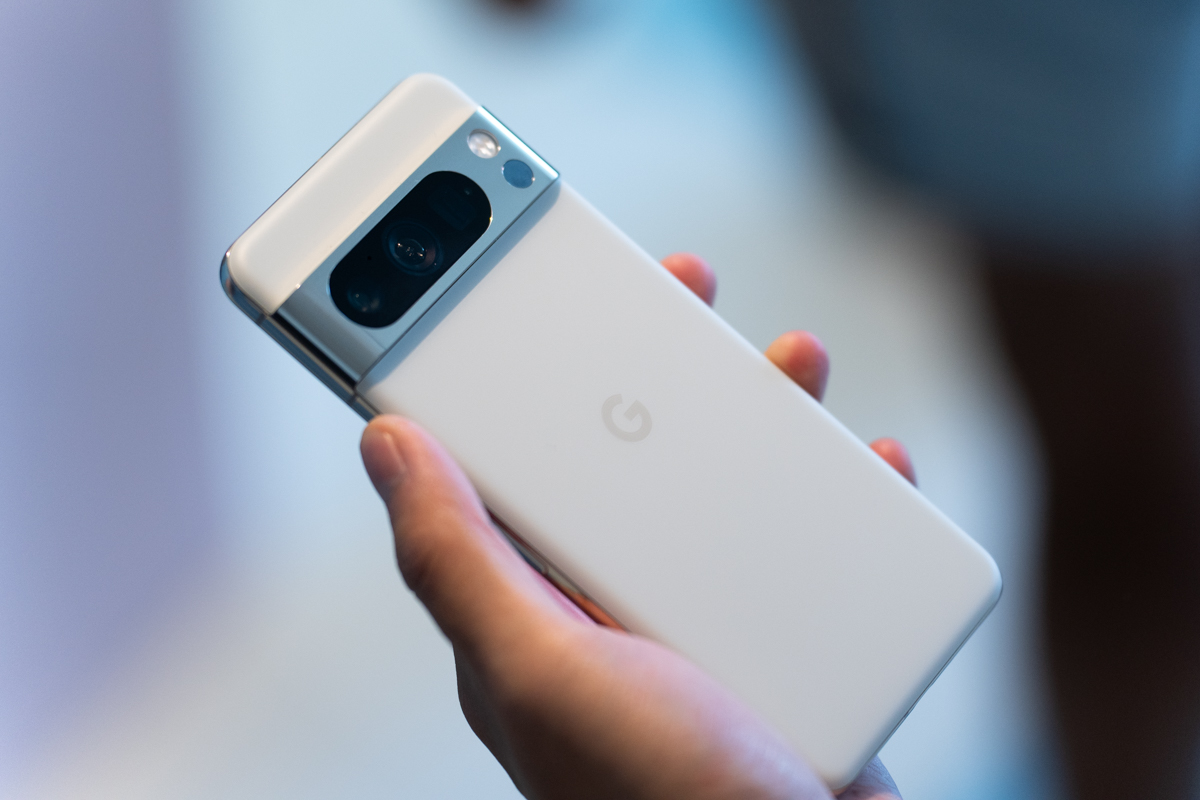
The temperature sensor is one of the odder marquee additions to a big brand handset in recent memory. At first glance, it seems to largely exist for Google to have something — anything, really — to tout. Certainly, it’s a standout feature in the sense that we’ve not seen it all that much. My suspicion is plenty of manufacturers have explored the idea (after all, skin temperature sensors have become increasingly prevalent on wearables), only to determine that brings limited value in its current form.
For starters, Google’s new Thermometer app is quick to warn you that it shouldn’t be used to determine body temperature. I don’t know about you, but that’s the primary reason I keep a thermometer around. The thermometer isn’t designed for air temperature, either. It’s specifically for surface temperatures. Not saying there aren’t times when that information is useful, but is this something people were demanding?
The app itself is foolproof. You hold the phone up to a surface and tap the giant “Tap to measure” button. A small thermometer icon in the left corner sends small animated pulses out, as a reminder of where the sensor is located on the other side (on the camera bar, just below the flash). By default, the system will give its best guess for the material it’s scanning. For a more precise reading, there are 11 different material settings, including things like fabric, ceramic/glass and food/organic. The deviation between the default setting and choosing the specific material tended to fall within two degrees Fahrenheit.
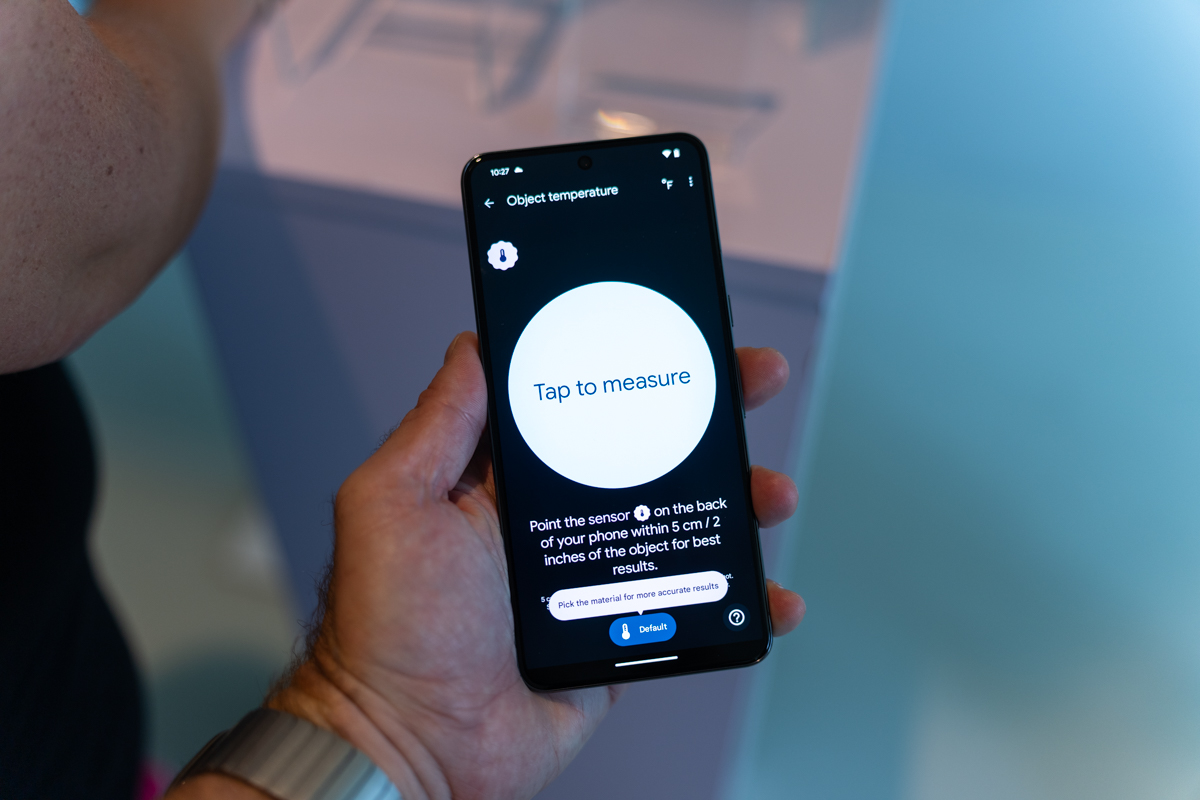
The Actua display is a nice addition. Screen brightness likely isn’t something most users consider, but if you’ve ever had trouble making out your phone screen in direct sunlight, you’ll understand why it’s useful here. The 8 Pro maxes out at 2,400 nits — that’s a sizable jump from the 7 Pro’s 1,500. It’s 3x the 6 Pro’s peak brightness. For further comparison, the iPhone 15 Pro Max can hit 2,000 nits, while Samsung’s Galaxy S23 Ultra tops off at 1,750.
At this point, consumers largely expect a new chip with every upgrade. Following in Apple’s footsteps, Google went the first-party silicon route, beginning with the Pixel 6. The Tensor line has yet to blow anyone’s socks off, relative to the kinds of numbers that Qualcomm is routinely tossing up with the Snapdragon 8 Gen platform. The Tensor G3 similarly can’t match the Snapdragon 8 Gen 2, though the performance isn’t that far off. It also represents a decent-sized jump over the Tensor G2.
At the end of the day, however, the most important elements of the chip are the features it enables — specifically AI-based photography and editing. That includes Real Tone, Google’s attempt to offer more accurate images of human skin across the spectrum of shades, which is now baked into video.
Best Take is a cool new feature on the editing side that effectively superimposes facial features, so you can, say, open a subject’s eyes or make them smile, using similar photos, instead of scrapping the entire shot or using a goofy smile filter. Tap on it inside of photos and the app presents you with several alternative faces. Tap through those and you’ll see the primary image adjust. This definitely brushes against the uncanny valley. It’s slightly unsettling at first, but the blending is impressive enough that it’s going to get a lot of play from Pixel owners.
The “realness” of a given digital image is a conversation for another day. Though somehow the question doesn’t feel as pronounced with the updated Magic Editor, which lets you delete unwanted background images and position and resize the subject. The feature’s efficacy varies a good bit, based on factors like the background, but when it works, it’s one of the most impressive photo editing tricks available on mobile.
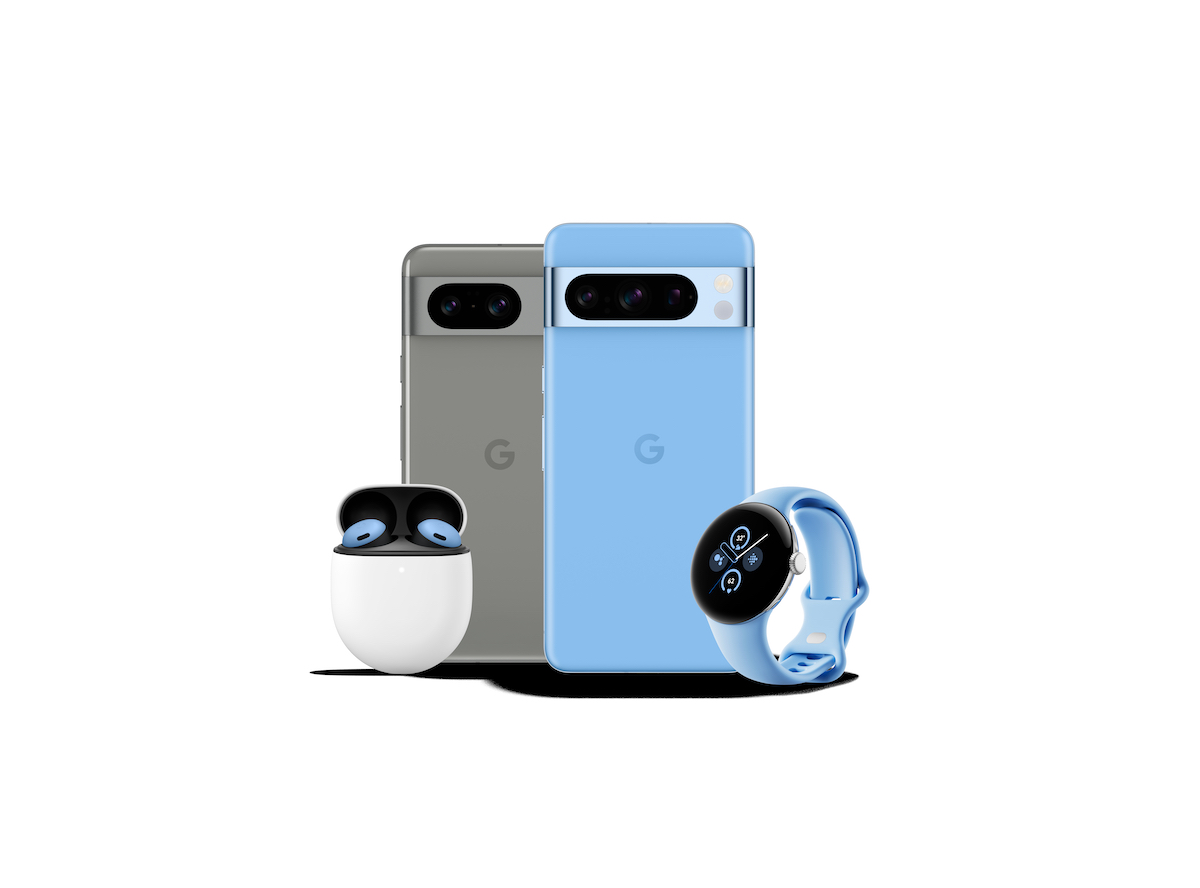
Speaking of mobile, I’ve been housebound, due to an ongoing injury, and didn’t have the time to put the camera through its sufficient paces, so I asked Darrell to do a more thorough review on that side of things. I will say, however, that from my relatively limited usage, I still feel comfortable saying that the Pixel camera impresses yet again.
Honestly, that sums up the Pixel 8 Pro pretty well. The device finds Google once again leaning into imaging — the thing it’s best at here. The device remains top-tier when it comes to taking photos and videos. Beyond that, it’s not an especially big advance over its predecessor. But for most phones in most years, getting a little bit better is good enough.
Of course, it’s worth mentioning that the new device is $100 more than its predecessor. That’s not a huge increase relative to the rest of the market, but it’s notable that the Pixel 8 Pro is now a part of the $1,000 flagship club (well, $999). That’s more of a symbolic threshold, but it does find the company losing some of its luster as a more budget-focused alternative. Ultimately Google has to decide how important price is for the end user — and what sacrifices it might make to get there.
If you forget about upfront pricing for a moment, however, one can make a compelling argument for averages. After all, the company is promising to offer software upgrades for seven years — far more than most of the competition. There’s a ton of value in being able to hold on to a phone for that long. There’s no guarantee the human race will be sticking around that long, of course, but if we do, your Pixel 8 will be covered.
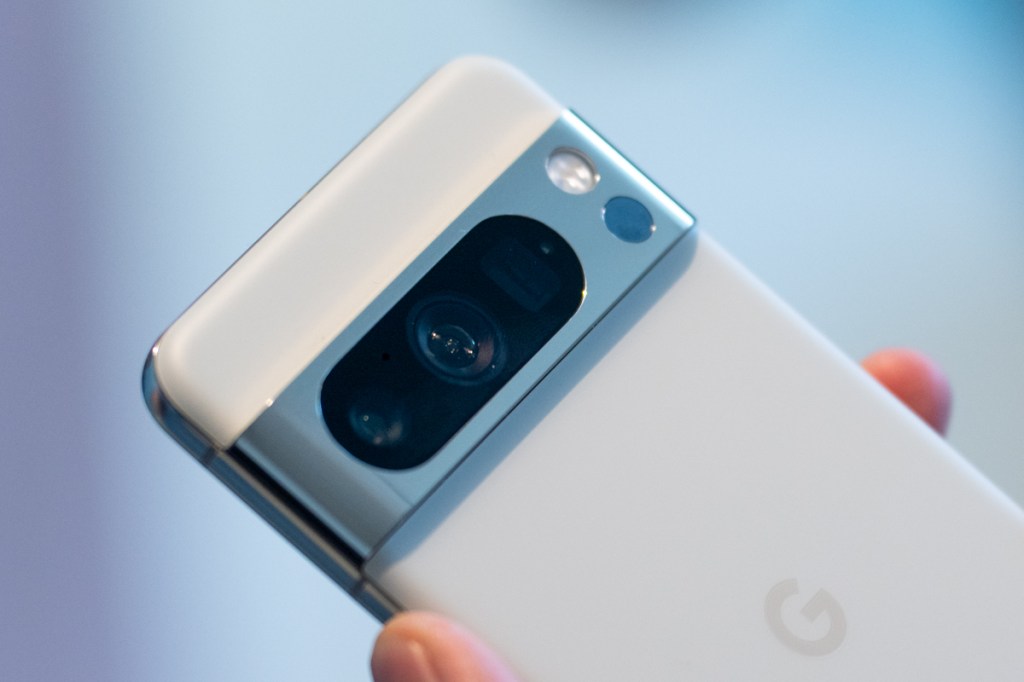






























Comment